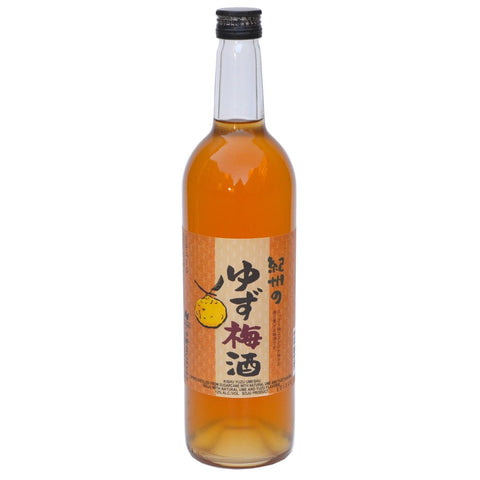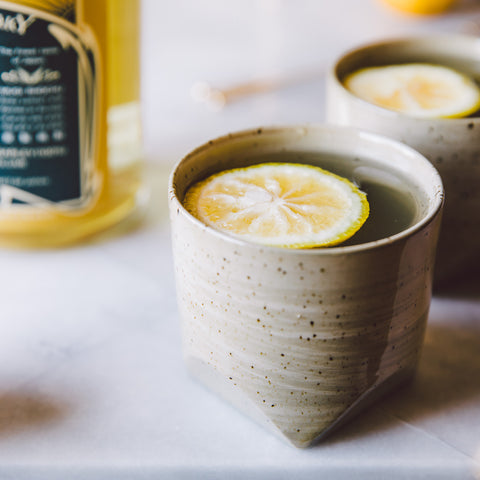
Sake Gumi is our monthly sake subscription service with 150 members throughout California. Join today!
Nigori means “cloudy" in Japanese, so it makes sense that nigori sake literally looks like a wispy cloud when shaken. It is a style of sake that contains kasu (rice solids) that have not fermented. You may hear nigori sake referred to as unfiltered sake.Back in the day (way back in the 700s), all sake was unpressed and unfiltered, as most sake was homemade and people were not in the habit of pressing and filtering. These sakes looked similar to what we know as nigori sake today. Well into the 1000s, both clear and unpressed/unfiltered sakes were abundant. Then in the early 1800s the tax man came around and outlawed unpressed and unfiltered sakes to discourage bootleggers who usually wouldn't bother with elaborate pressing and filtering methods.
The reappearance of unpressed and unfiltered sake can be credited to a brewery in Kyoto called Tsukino Katsura, who worked with the government in 1964 to come up with regulations for making a sake with lees. It was then that the term "nigori sake" became a genre within sake.
So how does the kasu get into the sake? There are two main ways. The most common way is during pressing, when a coarser mesh is used, allowing some of the kasu to pass through. Brewers are also legally able to press as they do for their clear sake and add the kasu back in.
This month I am introducing light and dry nigoris for the club. Although, the thick and sweet nigoris have their place, I tend to like nigoris that are less viscous and have savory tastes. These lighter styles allow the sipper to not just taste the sweetness of the lees, but also notice the other characteristics of the sake. During my recent visits to Japan, I notice a lot of usunigoris (light nigoris) and dry nigoris on shelves and menus, which inspired the theme for this month.
It's safe to say that most nigoris should be enjoyed chilled as the flavor of the sake lees can change quickly with heat and time. Once opened, bottles of nigori should be consumed within two to three days. And remember to shake the bottle before consuming to combine the lees and the clear liquid.
Happy New Year!
Yoko
LEVEL 1: Introductory Membership (Two 300ml bottles)
 Hyousho “Diamond Dust” Junmai Ginjo Usuigori
Hyousho “Diamond Dust” Junmai Ginjo Usuigori
Asamai Brewery (Akita, Japan)
Seimaibuai: Hoshiakari 50%, SMV -4
This sake will change the way you think about nigoris. It’s light, dry and crisp with a slight pear-like sweetness. This refreshing usunigori (light nigori) has a smoothness that is highlighted when enjoyed with creamy or sweet vegetables like avocado and carrot salad. Asamai Brewery prides itself on using Hoshiakari rice that’s grown within 5 km of their brewery, highlighting the terrior of the region. Enjoy this bottle chilled. Bottled in October 2018!
 Rihaku “Dreamy Clouds” Tokubetsu Junmai Nigori
Rihaku “Dreamy Clouds” Tokubetsu Junmai Nigori
Rihaku Brewery (Shimane, Japan)
Seimaibuai: Gohyaku Mangoku 59%, SMV: +3
Another usunigori for Level 1! This one is even dryer in taste than the one above, but with a little bit more viscosity and visible cloudiness. Make sure to give this delicate sake with plum and mochi rice notes a gentle shake before pouring. “Rihaku” is named after the Chinese poet Li Po, who lived from 701-762 and was known to drink sake before writing poetry. Don’t be shy when pairing with spicy foods; drink chilled with curry spiced meats, spicy barbeque, and pad thai.
LEVEL 2: Premium Membership (Two 720ml bottles)
 Dewatsuru Junmai Nigori
Dewatsuru Junmai Nigori
Akita Seishu (Akita, Japan)
Seimaibuai: Akinosei/Menkoina 65%, SMV: +3
This one is for the nigori skeptics who abhore the sweet, syrupy stuff in pink bottles (I’m one of them...). This nigori starts with a cider-like aroma, with hints of almonds and melon and finishes semi-dry. Some of these interesting flavors have been left in tact since this sake has been pasteurized only once (most sakes are pasteurized twice). I love the lightly creamy texture of this food-friendly sake. Start off the new year with a spicy pairing! Try this chilled nigori with curry udon, spicy pad thai or dan dan mien.
 Dassai 50 Junmai Daiginjo Nigori
Dassai 50 Junmai Daiginjo Nigori
Asahi Brewery (Yamaguchi, Japan)
Seimaibuai: Yamada Nishiki 50%, SMV: +3
It is rare to see a brewery make daiginjo-grade nigori. That’s because the sweetness and viscosity of the kasu can overpower the delicate aromas and flavors of a daiginjo. But leave it to Dassai to make a nigori that’s airy, light and delicate enough to allow the floral and fruity characteristics of their iconic daiginjo to show through - the floral aroma of Yamada Nishiki rice and the subtle almond and honeysuckle aroma. Enjoy this bottle chilled with spiced nuts, salmon roe on crackers or crab toast.




Comments (0)
There are no comments for this article. Be the first one to leave a message!